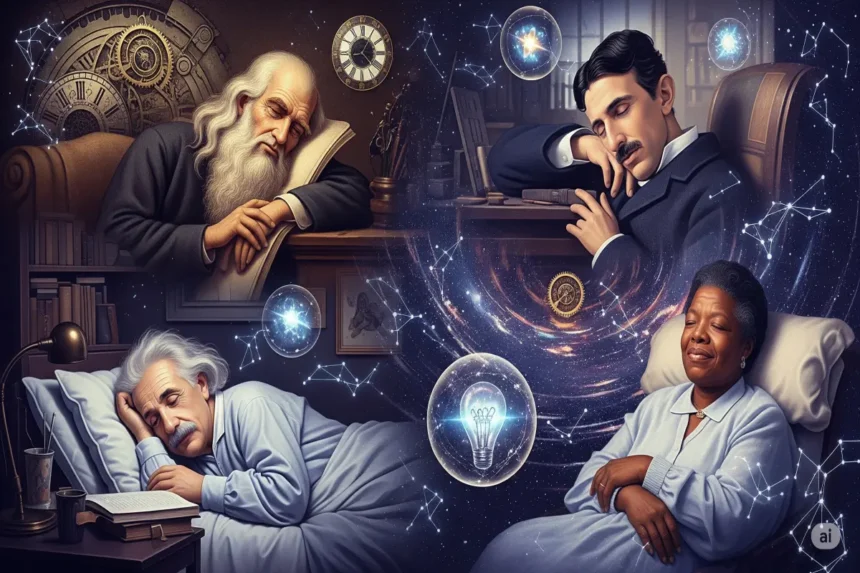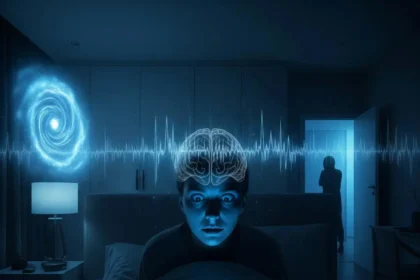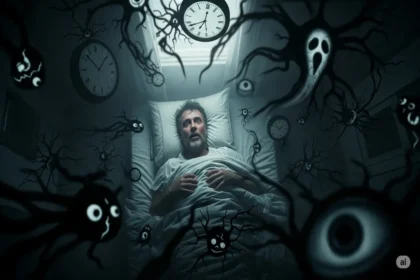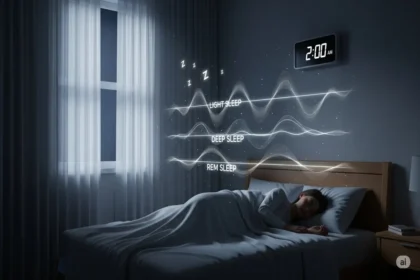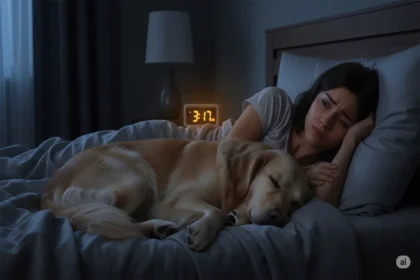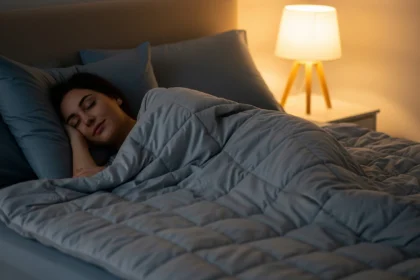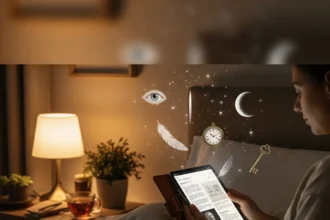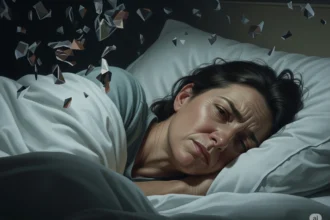The Sleep Habits of Geniuses have long fascinated historians, biographers, and scientists alike. Was there a secret rhythm to their rest that unlocked their extraordinary cognitive powers? Did they defy the conventional wisdom of eight hours, or did they simply master the art of restorative slumber in ways the rest of us overlook? Delving into the nocturnal routines of history’s most brilliant minds reveals a tapestry as diverse and complex as their groundbreaking achievements. From the meticulous precision of a scientist to the chaotic bursts of a creative, their approaches to sleep offer intriguing insights into the profound connection between rest, productivity, and genius.
For centuries, sleep was often viewed as a necessary evil, a period of inactivity that stole precious hours from waking pursuits. Yet, these luminaries, whether consciously or intuitively, understood its critical role. They didn’t just sleep; they engaged with sleep as an integral part of their intellectual process, often bending conventional norms to suit their unique demands and biological rhythms.
The Polyphasic Experimenter: Leonardo da Vinci
Consider the legendary polymath, Leonardo da Vinci. His notebooks, filled with intricate sketches and observations, also hint at a highly unusual sleep pattern. Da Vinci reportedly practiced a form of polyphasic sleep, specifically the “Uberman” schedule, taking multiple short naps throughout the day and night rather than one long block of sleep. Anecdotal accounts suggest he would nap for 20 minutes every four hours, allowing him to remain awake for extended periods, dedicating more time to his myriad projects, from painting the Mona Lisa to designing flying machines. While the extreme nature of Uberman sleep is debated by modern sleep scientists for its long-term sustainability and potential for sleep debt, Da Vinci’s purported method underscores a drive to maximize waking hours, perhaps at the expense of deep, consolidated rest. Modern research, such as studies on biphasic or polyphasic sleep in extreme environments (like long-distance sailing), suggests that while humans are primarily monophasic sleepers, our brains can adapt to different schedules, albeit often with a trade-off in cognitive performance during the initial adjustment phase. It raises the question: was Da Vinci’s genius a product of this intense schedule, or did his unique brain allow him to thrive despite it?
The Ample Sleeper: Albert Einstein’s Restorative Nights
In stark contrast to Da Vinci’s fragmented rest, figures like Albert Einstein were staunch advocates for ample, consistent sleep. The theoretical physicist, whose mind reshaped our understanding of the universe, reportedly slept for at least 10 hours a night. This seemingly indulgent habit was, for Einstein, a fundamental component of his intellectual process. He famously attributed his breakthroughs to his ability to think deeply and creatively, often stating that his best ideas came to him during or after periods of profound rest. This aligns perfectly with contemporary sleep science, which emphasizes the critical role of consolidated NREM (Non-Rapid Eye Movement) and REM (Rapid Eye Movement) sleep in memory consolidation, problem-solving, and creative insight. Deep NREM sleep is crucial for solidifying declarative memories (facts and figures), while REM sleep is a fertile ground for associative thinking, where disparate ideas connect to form novel solutions – the very essence of creative genius. Einstein’s long sleep duration likely allowed his brain ample time to process complex information, prune unnecessary neural connections, and forge the new pathways necessary for his revolutionary theories.
The Power of the Nap: Churchill, Edison, and Dalí
Then there’s the fascinating case of the nap. Many geniuses, regardless of their primary sleep schedule, were ardent proponents of the midday snooze. Winston Churchill, the formidable wartime leader, famously relied on a daily two-hour nap to maintain his relentless pace. He believed it allowed him to achieve “one and a half days’ work in one.” Similarly, Thomas Edison, despite his famously dismissive attitude towards sleep (calling it “a heritage from our cave days”), was known to take frequent short naps throughout the day, often in his laboratory chair. Salvador Dalí, the surrealist painter, even developed his own peculiar “slumber with a key” method: he would sit holding a heavy key over a plate, allowing himself to drift off. The moment he entered deeper sleep, the key would drop, clanging against the plate, jolting him awake. Dalí believed this brief dip into the hypnagogic state (the transition between wakefulness and sleep) was a rich source of creative inspiration.
Modern sleep research validates the power of the nap. Studies have shown that a 10-20 minute “power nap” can significantly boost alertness and cognitive performance, clearing mental fog and improving reaction times. Longer naps, around 60-90 minutes, which include slow-wave sleep and REM sleep, are particularly beneficial for memory consolidation, learning new skills, and enhancing creativity. A 2002 NASA study, for instance, found that a 40-minute nap improved performance by 34% and alertness by 100%. These short bursts of rest allow the brain to reset, process information, and make new connections without the commitment of a full night’s sleep, offering a strategic advantage to minds constantly grappling with complex challenges.
The Erratic vs. The Routine: Tesla and Franklin
The consistency of sleep, or lack thereof, also plays a role in the narratives of genius. Nikola Tesla, the brilliant inventor, was notorious for his erratic and minimal sleep, often working through the night on his experiments, sometimes claiming to sleep only two hours. While his prolific output is undeniable, his later years were marked by eccentricities and mental health challenges, leading some to speculate if his extreme sleep deprivation contributed to these issues. Chronic sleep deprivation can severely impair cognitive function, emotional regulation, and even lead to hallucinations, raising questions about the sustainability of such extreme habits, even for a genius. It highlights the fine line between pushing boundaries and crossing into detrimental territory.
On the other hand, some geniuses prioritized routine. Benjamin Franklin, known for his relentless pursuit of self-improvement and productivity, meticulously tracked his daily schedule, including his sleep. His famous daily plan allocated specific hours for sleep, emphasizing consistency. This structured approach likely provided the stable foundation necessary for his diverse intellectual and political endeavors, allowing his brain to operate at peak efficiency without the added stress of a fluctuating sleep schedule. The human body thrives on routine, and consistent sleep-wake times (even on weekends) help regulate the circadian rhythm, leading to more efficient and restorative sleep.
The Common Thread: Optimization, Not Uniformity
The common thread among these varied sleep habits isn’t necessarily a universal number of hours or a single method, but rather an acute awareness of their own unique biological needs and a willingness to optimize their rest to serve their intellectual pursuits. They understood that the brain isn’t a machine that can run indefinitely without maintenance. Sleep, for them, was a form of active recovery, a period of vital processing that allowed them to return to their work with renewed clarity, creativity, and energy.
It’s also important to acknowledge the role of individual biological variation. Some individuals genuinely require less sleep than others due to genetic predispositions, a phenomenon known as “short sleep syndrome.” While rare, it’s possible some historical figures genuinely functioned optimally on fewer hours. However, for the vast majority, consistent sleep deprivation leads to a decline in cognitive function, even if they perceive themselves as “getting by.” The geniuses who seemingly defied sleep may have simply been more adept at managing the acute effects of sleep deprivation, or their work was so compelling that the drive to create overrode the body’s natural signals for rest.
Conclusion: The Genius of Rest
Ultimately, the study of the sleep habits of geniuses offers more than just historical anecdotes; it provides a compelling validation of modern sleep science. Whether it was Einstein’s luxurious 10 hours, Churchill’s strategic naps, or Franklin’s disciplined routine, the underlying principle remains the same: quality sleep is not a passive state but an an active, essential component of peak cognitive performance, creativity, and emotional well-being. Their lives serve as powerful reminders that to truly unlock our potential, we must first honor our need for rest. Perhaps the greatest genius of all is knowing when to close your eyes, allowing the quiet magic of sleep to prepare your mind for its next great awakening.
Disclaimer: The information provided in this article is for general informational purposes only and does not constitute medical advice. It is not a substitute for professional medical advice, diagnosis, or treatment. Always seek the advice of your physician or other qualified health provider with any questions you may have regarding a medical condition. Never disregard professional medical advice or delay in seeking it because of something you have read on this website.

